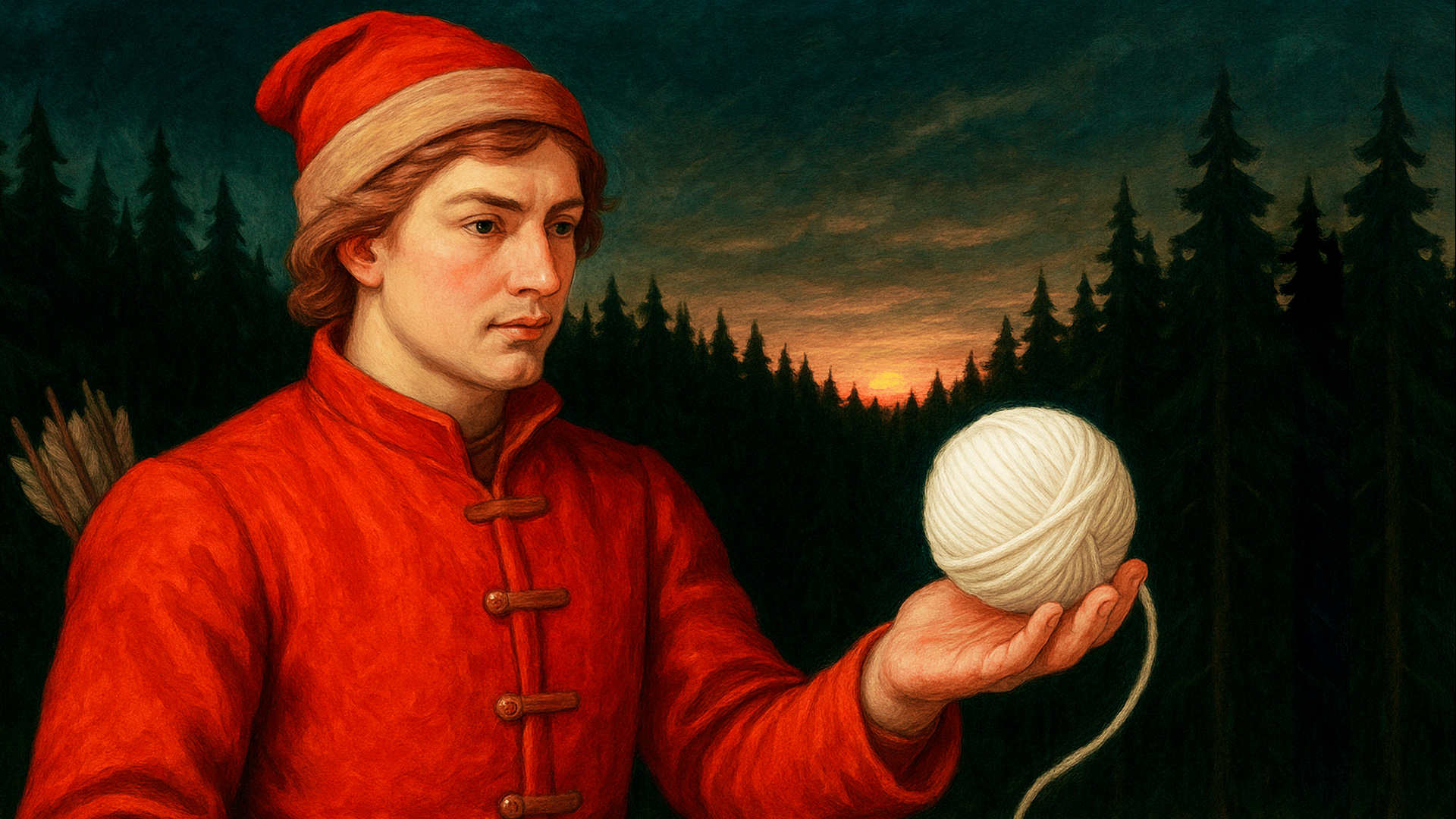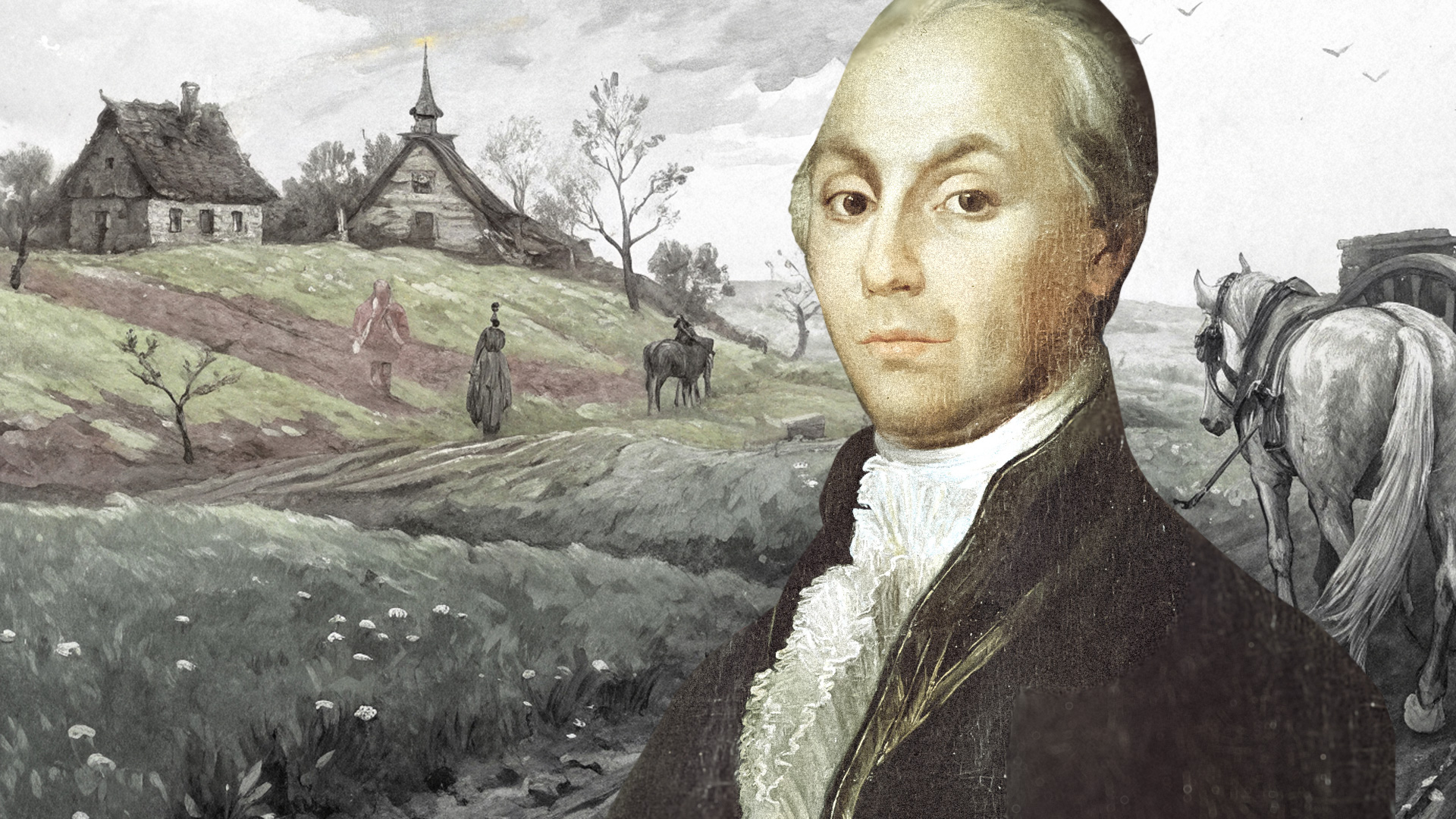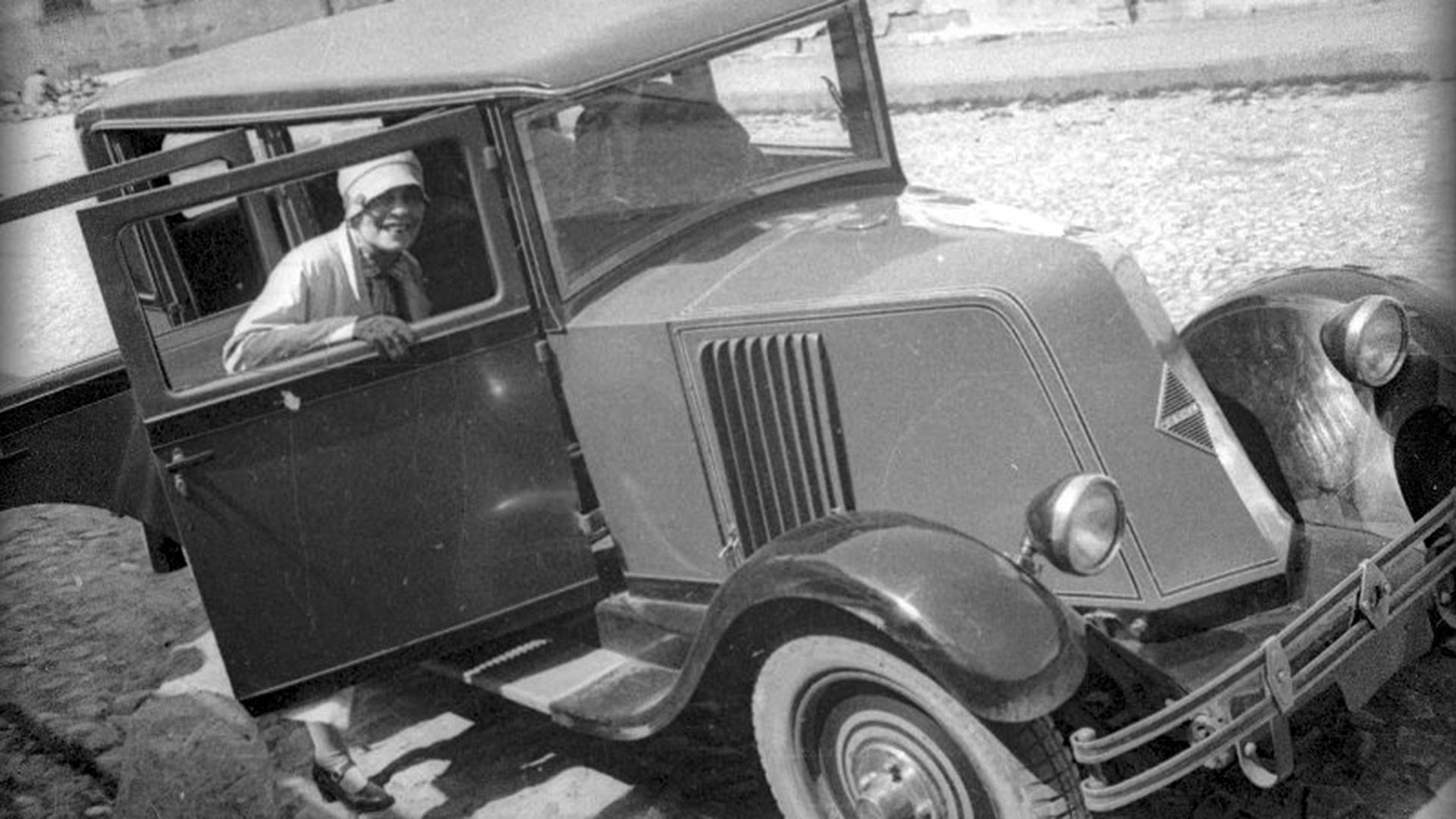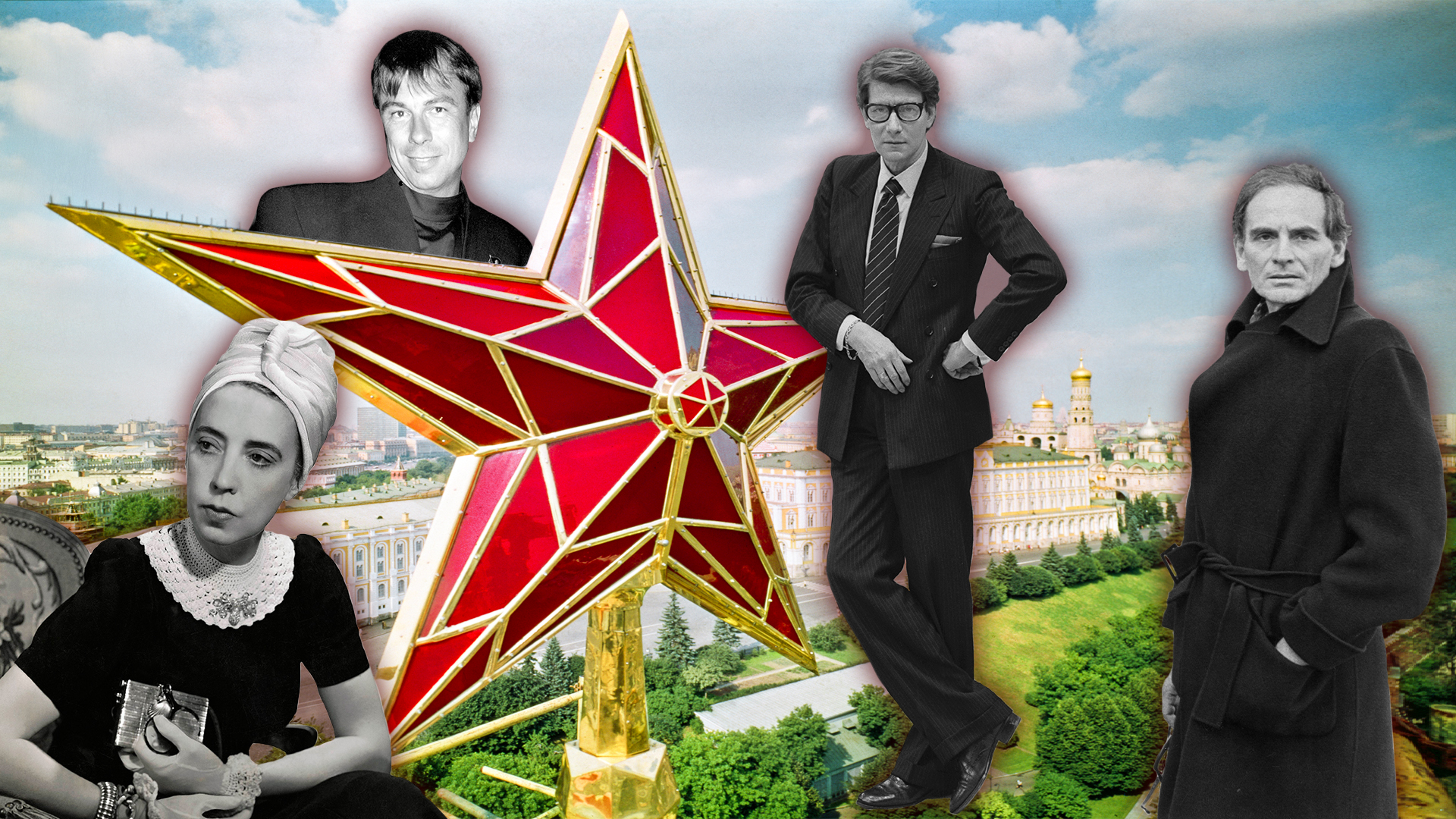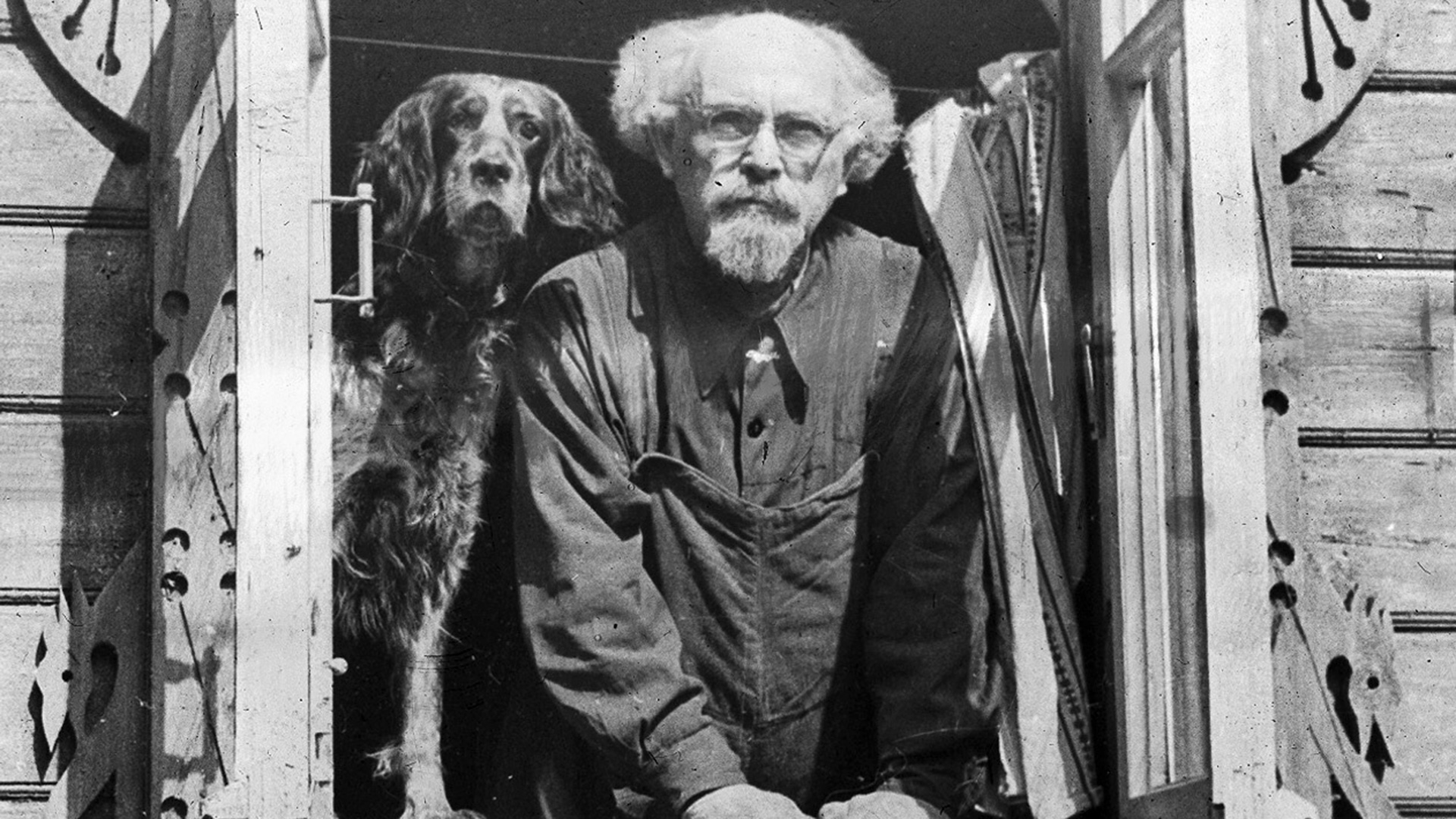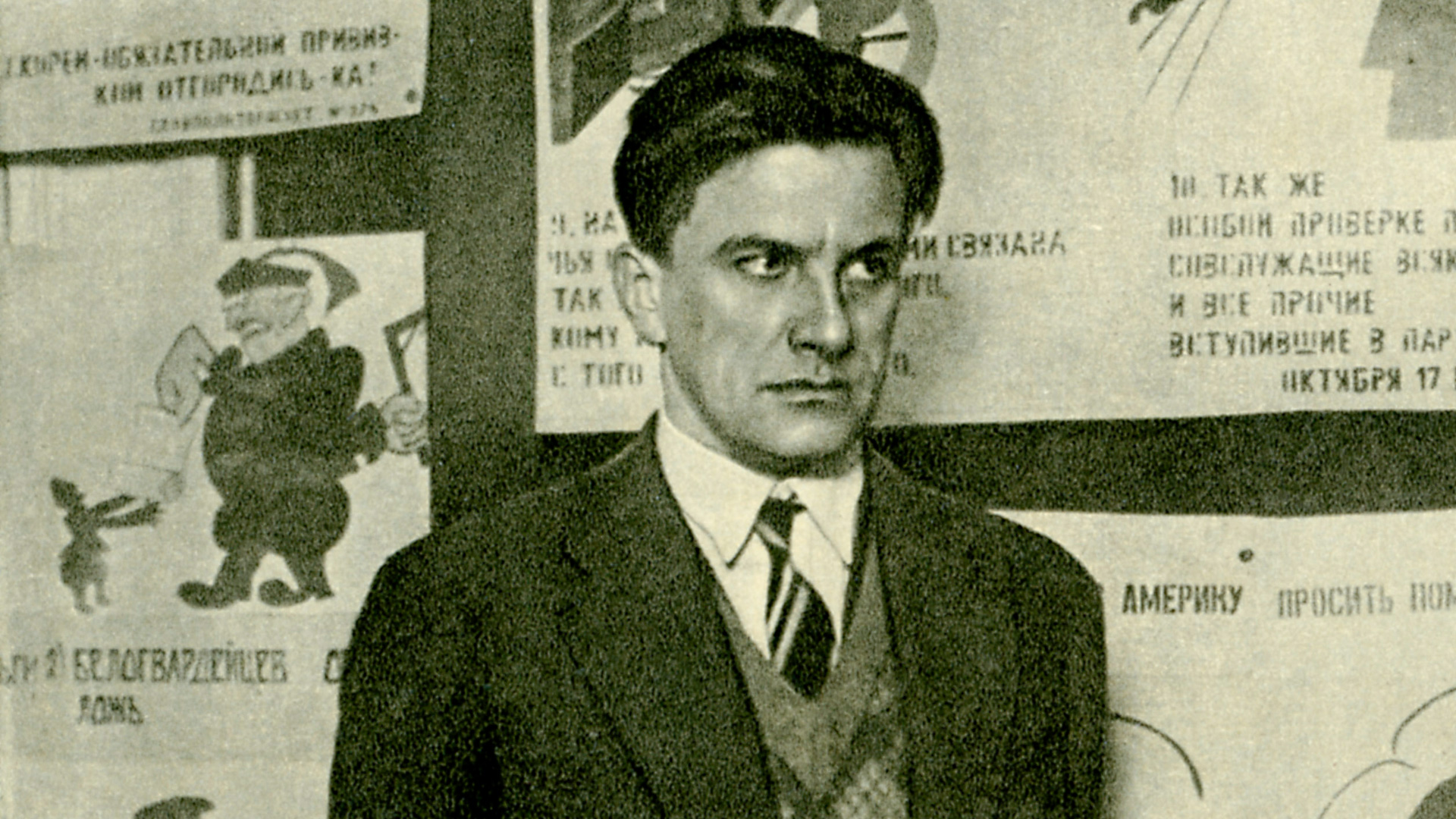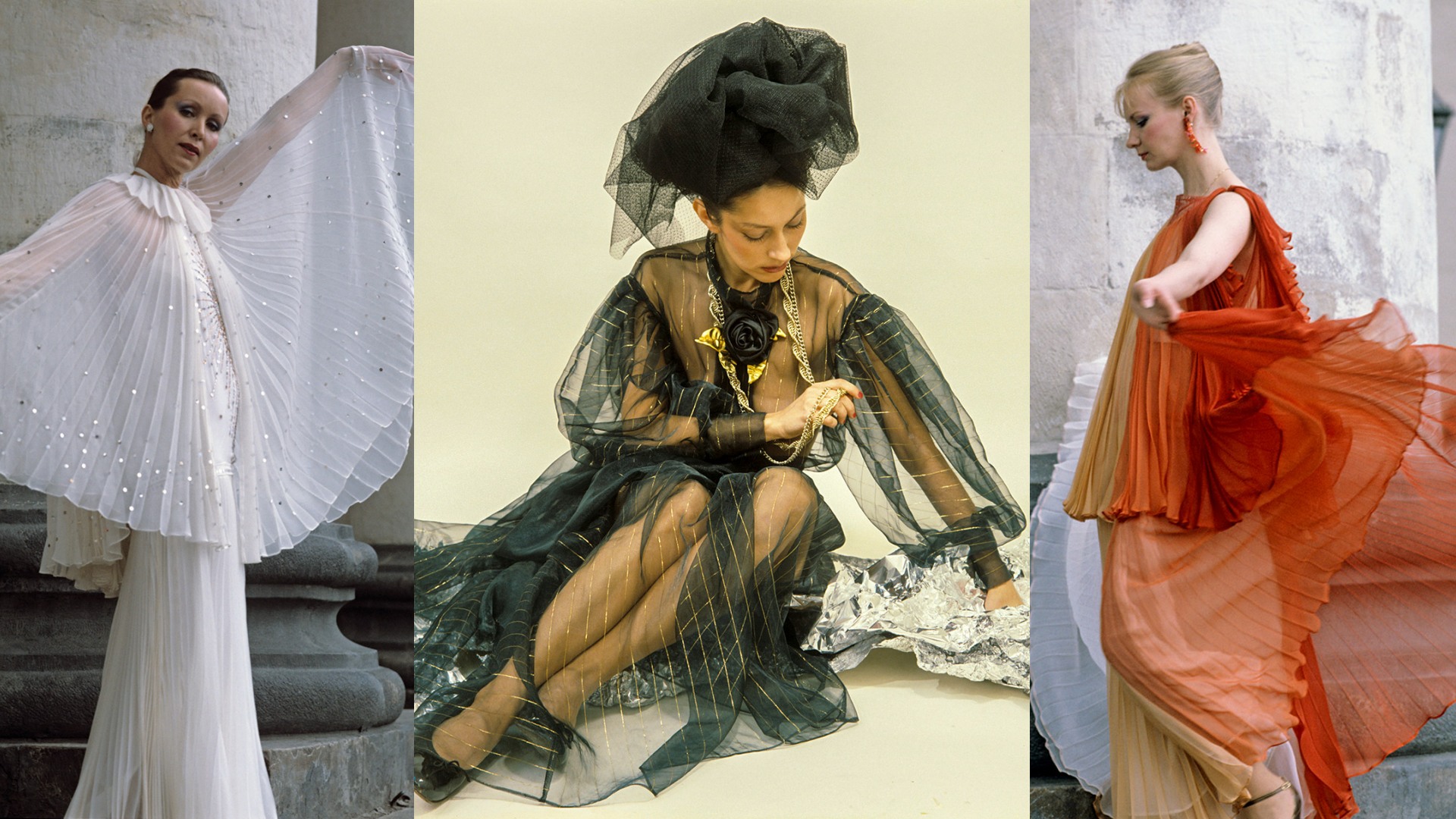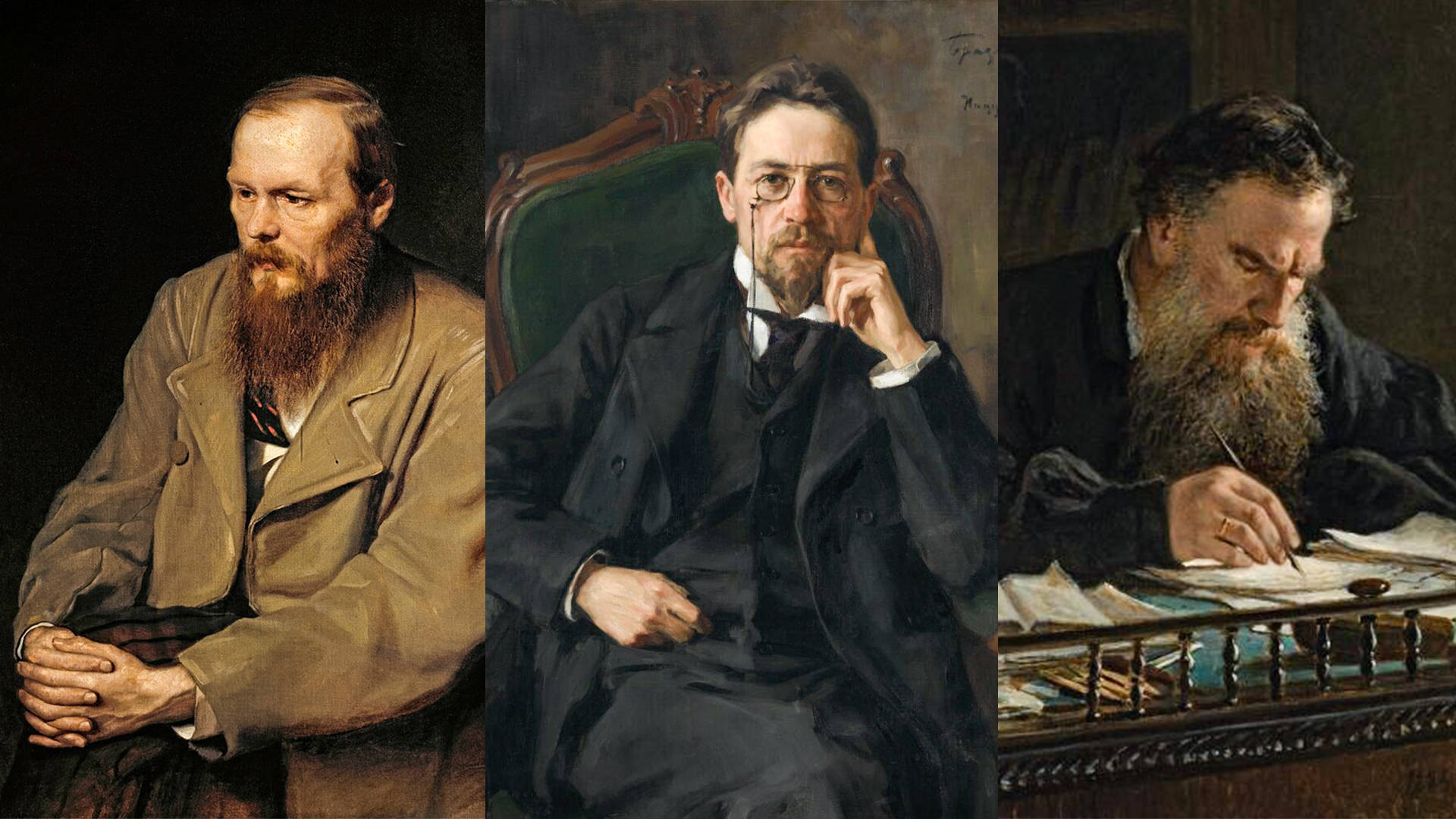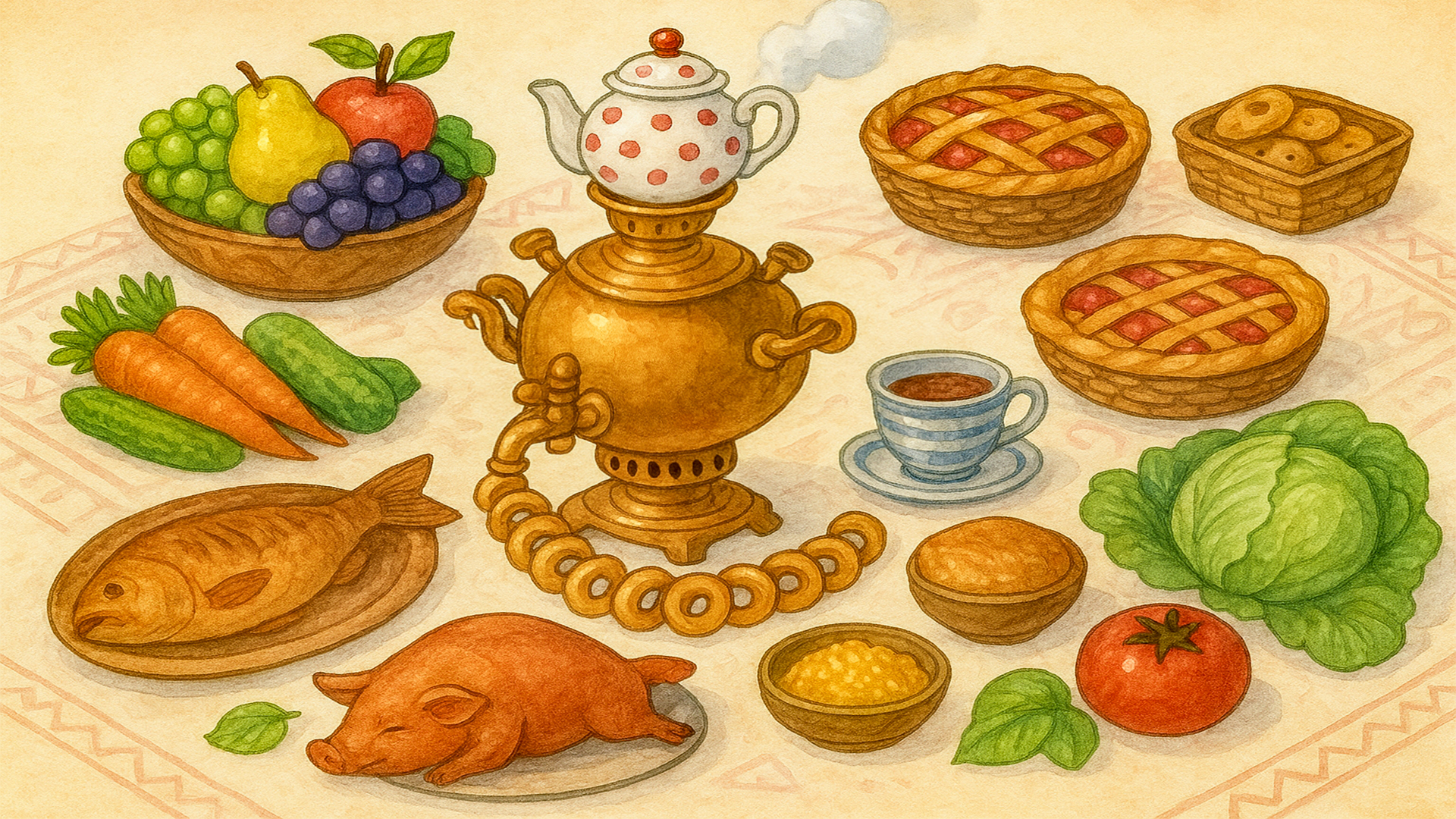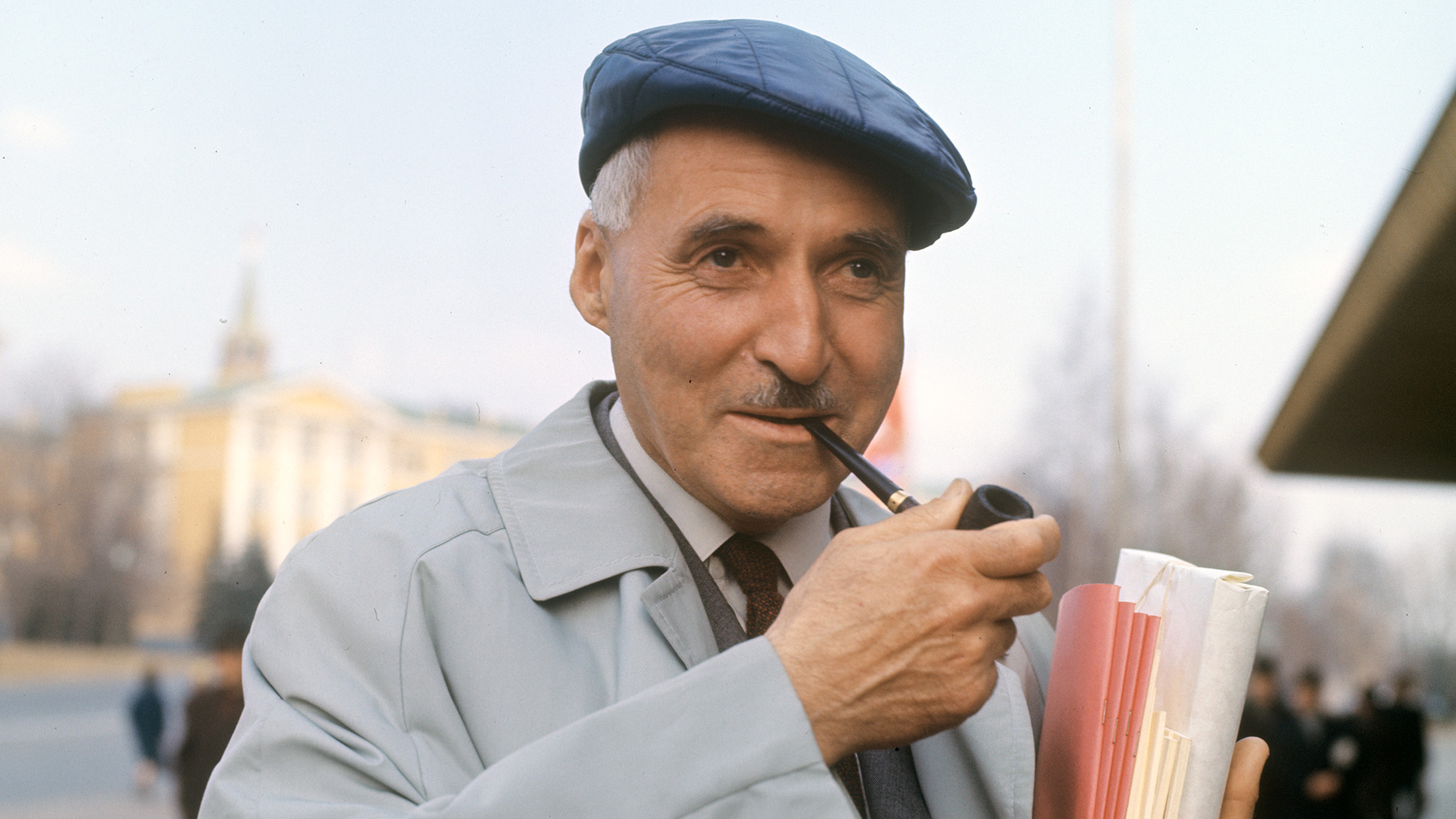
What were Soviet comic books about? (PICS)

At first glance, Soviet comics are not like foreign ones – for example, they had almost no “bubbles” with texts. They could be replaced by prose or poetic comments and, sometimes, artists did without them altogether. Some looked more like posters. But, still they were exactly that – brightly-drawn cartoon stories. And not necessarily about supermen: the heroes in Soviet comic books were workers, children, animals and fairy-tale characters.
ROSTA Windows of satire

Some of the first Russian drawn stories appeared… during the Civil War. Many residents of the country were illiterate at the time, so they learned about the main events of 1919-1921 from the posters of the Windows of ROSTA (Russian Telegraph Agency). Meanwhile, the very first one was actually placed in the window of a confectionery store in the center of Moscow – it told about the White Guard troops’ advance on the city.

Posters regularly appeared in 50 of the USSR’s largest cities. Famous artists and poets worked on them – Vladimir Mayakovsky, Dmitry Moor, Pavel Sokolov-Skalya and others. They were drawn with the help of stencils – for speed. And the posters appeared almost instantly: it happened that they managed to announce an important event in less than an hour after the news appeared in the agency.

Laconic drawing and a short, biting text – they told about the state of affairs at the front, as well as the situation in the country. "We will press! In Russia, the bourgeoisie is defeated, but don’t be greedy to rest. Worker of Europe, it’s your turn, wait until it lies on both shoulder blades." They called for hard work: "Score, miner! Raise your productivity pood by pood. If you fulfill your task, the devastation is kaput!" And: "Every absence is a joy to the enemy. A hero of labor is a blow to the bourgeoisie."
‘Clever Masha’ & ‘Makar the Ferocious’

In the mid-1920s, children’s magazines appeared, on the pages of which often were drawn stories. One of the first was ‘Ezh’ (short for ‘Ezhednevny zhurnal’ and the word for ‘Hedgehog’), which published stories about a traveler named ‘Makar the Ferocious’. He traveled the globe in the company of a dog named ‘Machine Gun’ and a horse named ‘Gvozdika’.

‘Makar’ was a man of the world: he fearlessly fought sharks off the coast of Africa, sailed on an ice floe across the Baltic, tamed angry lions and still had time to write reports in ‘Ezh’.

Children all over the country would impatiently wait for the latest issue of ‘Chizh’ (‘Extremely Interesting Magazine’ or ‘Siskin’). After all, its pages published comics about ‘Clever Masha’. It is believed that the idea to make the cartoon series came from poet Daniil Kharms and it was transferred to paper by artist Bronislav Malakhovsky. In total, there were more than twenty issues, in which Masha found herself in a variety of situations, but always found a witty way out.

The girl helped her grandmother find a needle, forced a stubborn donkey to take her to the city, learned to skate, washed clothes in the river and even escaped from a bear.

Over time, the comics about Masha had a spinoff – stories about her not very smart brother, Vitya.
‘Merry Projects’ and ‘Stories in Pictures’

In the late 1920s, writer Mikhail Zoshchenko and artist Nikolai Radlov came up with the book ‘Merry Projects’, under the cover of which they collected “thirty happy ideas” – their own inventions that were supposed to improve human life. For example, the train ‘Maxim Maksimych’, which was set in motion by the passengers themselves. All the inventions were presented in the form of one-page stories with explanatory text.

Radlov was also the author of the book ‘Stories in Pictures’. Small funny stories that brought a smile: a cunning fish caught a fly-bait with a shell, birds hatching chicks in a blown-away umbrella and a zebra giving itself a “new” color – in a square.
Stories about everything

One of the most memorable magazines was ‘Veselye Kartinki’ (‘Funny Pictures’), which began its history in 1956 and is still published. Its pages are full of illustrated fairy tales and adventure stories, short anecdotes and poems. They were created by famous contemporary artists Ilya Kabakov and Viktor Pivovarov, among others.
‘Murzilka’

Soviet comic heroes were also fantasy characters. For example, ‘Murzilka’ – in the books of writer Alexander Fedorov-Davydov, he was an inquisitive puppy. But, in the mid-1930s, the character was transformed – artist Aminadav Kanevsky turned him into a yellow fluffy animal with a camera in a red beret and scarf.

He did not sit still: he caught thieves, traveled, went to school, played sports. By the way, ‘Murzilka’ still “exists” – last year, he turned 100 years old!


